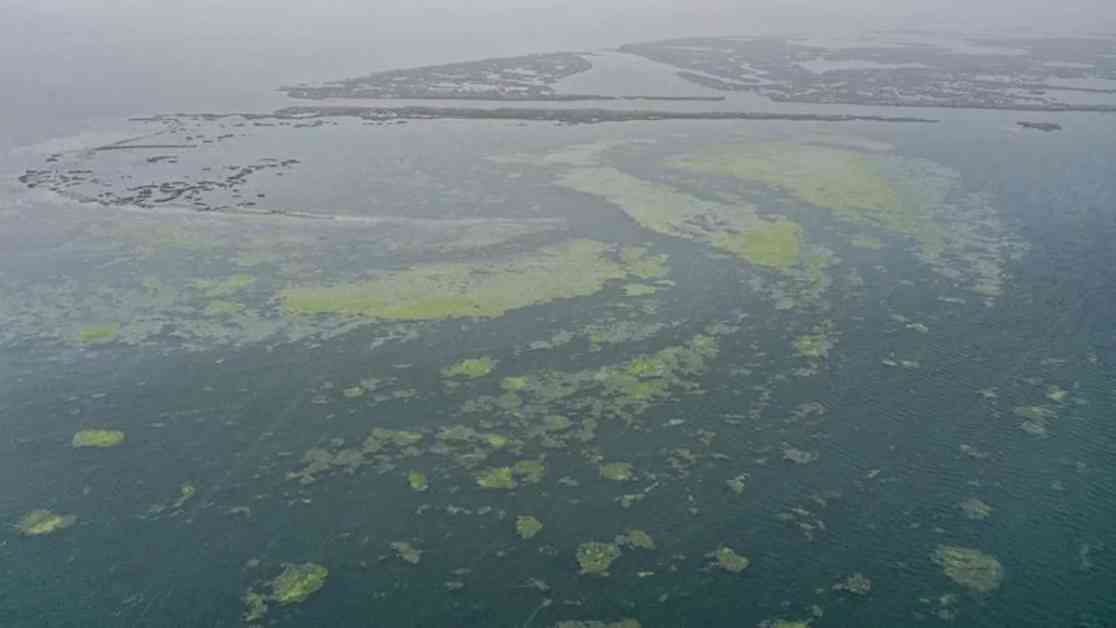Izmir Bay ‘Breath for Izmir’ Project Aims to Revitalize Izmir’s Coastline
The Ministry of Environment, Urbanization, and Climate Change is implementing the “Breath for Izmir” project aimed at cleaning up Izmir Bay.
During a press conference at the ministry, Deputy General Director of Environmental Management, Gürsel Erul, announced a 15-point urgent and short-term action plan to prevent pollution in Izmir Bay. He emphasized that their priority is to reduce pollution entering the bay.
Erul stated, “In this action plan, we have outlined urgent and short-term actions to address deficiencies in the infrastructure that can treat wastewater collected in sewers before discharging it into the bay, rectify operational errors, and identify problems related to wastewater treatment plant capacities. As part of these efforts, we have increased our monitoring, inspection, and surveillance activities for all wastewater discharges into the receiving environment.”
In addition to short-term measures, Erul mentioned that they are also planning medium and long-term initiatives. He highlighted the collaboration with universities in the region to form a scientific board to evaluate past studies related to the bay, address any shortcomings, and develop new projects if necessary. The primary goal is to eliminate point-source pollution, identify pollution sources from rivers, wastewater treatment plants, and stormwater channels that flow into the bay.
Deputy General Director of Environmental Management at the Ministry of Environment, Urbanization, and Climate Change, Gürsel Erul, stated, “OUR GOAL IS TO MAKE THE BAY LIVABLE”
Erul revealed that they have developed a hydrodynamic model for Izmir Bay to determine where wastewater should be discharged and how it should be done. The ultimate aim is to make the bay more visually appealing, recreational, and livable for Izmir residents.
Explaining the division of Izmir Bay into inner, outer, and middle bays according to the model, Erul said, “We need to devise a mechanism that will enhance water circulation in the inner bay. This will be a medium to long-term project. In the urgent and short-term action plan, we will stop pollution entering the bay. In the medium to long term, we will identify where sediment and sludge accumulate, determine the mechanism to increase circulation, and plan how to implement it.”
Erul reported that they conducted 271 inspections to reduce pollution entering the bay, preventing unauthorized discharges and illegal constructions.
He emphasized that increasing the capacity of the Cigli Wastewater Treatment Plant is a top priority. Erul noted that since 2010, the ministry has covered up to 50% of the energy costs incurred by wastewater treatment plants nationwide.
Subheadings:
Addressing Pollution Sources in Izmir Bay Collaborative Efforts for Sustainable Solutions Long-Term Vision for Izmir’s Coastal Revitalization
Long-Term Vision for Izmir’s Coastal Revitalization
Addressing Pollution Sources in Izmir Bay
The “Breath for Izmir” project focuses on tackling pollution sources that degrade the water quality and ecosystem of Izmir Bay. By implementing urgent and short-term actions, such as improving wastewater treatment plant capacities and enhancing monitoring and inspection activities, the project aims to curb pollution entering the bay.
Collaborative Efforts for Sustainable Solutions
The collaboration between the Ministry of Environment, Urbanization, and Climate Change and local universities underscores the importance of science-based solutions for environmental challenges. By engaging experts and researchers, the project can benefit from diverse perspectives and innovative ideas to address pollution in Izmir Bay.
Long-Term Vision for Izmir’s Coastal Revitalization
The long-term vision for revitalizing Izmir’s coastline encompasses enhancing water circulation, reducing sediment accumulation, and creating a more sustainable environment for both residents and visitors. By focusing on sustainable solutions and long-term strategies, the “Breath for Izmir” project aims to transform Izmir Bay into a thriving ecosystem that can be enjoyed by future generations.





















